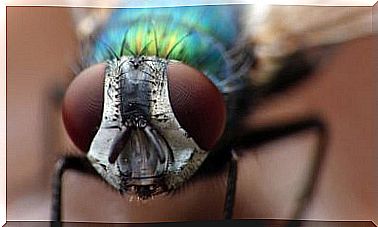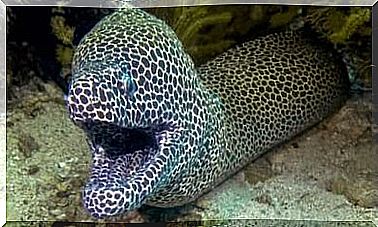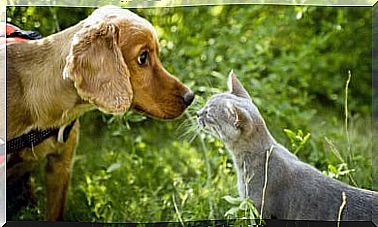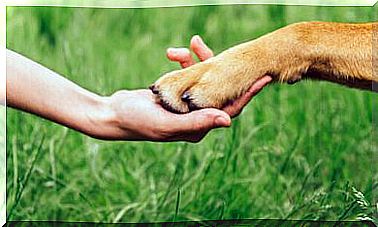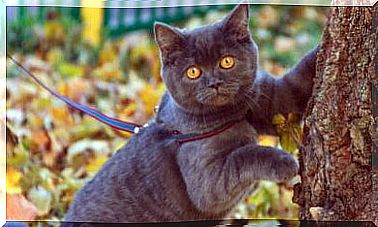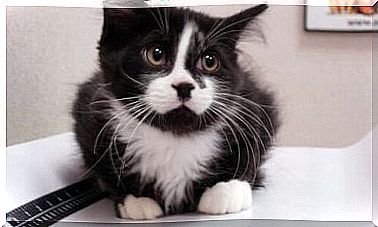How To Protect The Cat From Domestic Poisoning
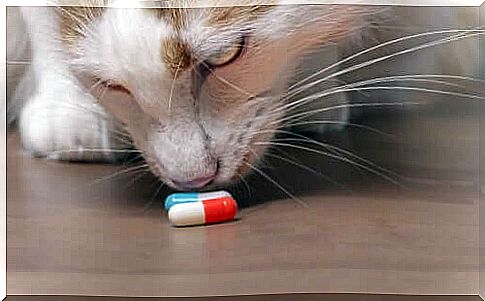
Most of the accidents involving cats are due to intoxications that occur within the home. For this reason, it is essential to know the potential poisons, as well as to take a number of preventive measures. In this way, you will be able to protect your cat from intoxication in the home environment.
In fact, often without the knowledge of their owners, domestic cats are exposed to many risks. In fact, many of these animals spend long hours outside the home. This makes them more prone to street accidents, poisoning or urban vandalism.
Nonetheless, there are many threats even in the house itself that usually go unnoticed. In fact, these dangers can be potential poisons that cause intoxication in the home environment. Among these you can find:
- Medicines.
- Some foods.
- Cleaning products and other chemicals.
- Cosmetics product.
- Ornamental plants for interiors or gardens.
- Insecticides, rat poisons and other toxic substances.
Preventive measures to protect the cat from intoxication
- Maintain order and prevent access to toxic substances. Medicines, chemicals and in general all those products that can cause damage to the animal must be kept in inaccessible places. Cats tend to open doors, enter closets, and inspect all kinds of corners. Therefore, it is advisable to use secure locking systems.
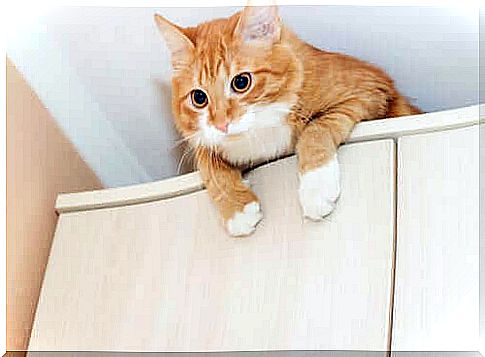
- Know which foods are bad for a cat to avoid possible gastrointestinal upset. For example, raw meat and fish can contain harmful microorganisms and pose a risk due to the possible presence of bones and bones. Sugary products, some fruits with seeds, and even milk, due to the absence of the enzyme lactase in adult cats, are responsible for much of the problems with vomiting, diarrhea and other ailments.
- Beware of some plants that are potentially harmful to cats. Many houseplants and garden plants contain toxic substances that can cause mild dermatitis to cardiorespiratory arrest. One example is tulips, the impact of which on the health of these animals can be severe. The Food and Drug Administration (FDA) itself has warned of the kidney ailments it can cause instantly on cats.
- Reduce or avoid the use of poisons. Although they are not widely used in city apartments, they can be common in rural areas. For example, substances such as rat poison and even insecticides should only be used when necessary. Furthermore, you should make sure that the animal does not come into contact with these toxic substances. However, the best option is to use alternative methods (traps) or to limit the use of these products in those times when the house is not occupied.
Thus, ensuring these measures is essential to avoid possible feline poisoning. However, as mentioned above, most problems occur when the animal is out of the home.
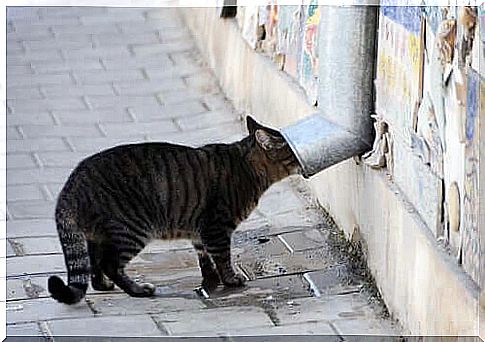
Symptoms of poisoning in cats
If, after one of its escapes, the animal exhibits a different behavior than usual, this may be evidence of possible intoxication. In fact, there are several symptoms that can help owners identify these conditions:
- Increased vomiting and diarrhea. Vomiting in cats is “common” due to the tendency to expel so-called hairballs. However, when it occurs in an unusual way, it can be suspected that the animal has ingested something harmful.
- Allergic reactions of the skin. Redness of the skin, itching or the presence of slightly moist and pale colored mucous membranes can act as objective physical indicators.
- Cardiorespiratory problems. Sneezing, breathing difficulties and any kind of abnormal heart rhythm.
- Neurological symptoms. Loss of balance, cramps, and apathetic behavior indicate serious ailments.
In conclusion, the most objective and effective measure to protect your cat is prevention. In fact, these animals have an independence which, linked to their curiosity and the ability to reach every type of corner, make them a pet at risk.
